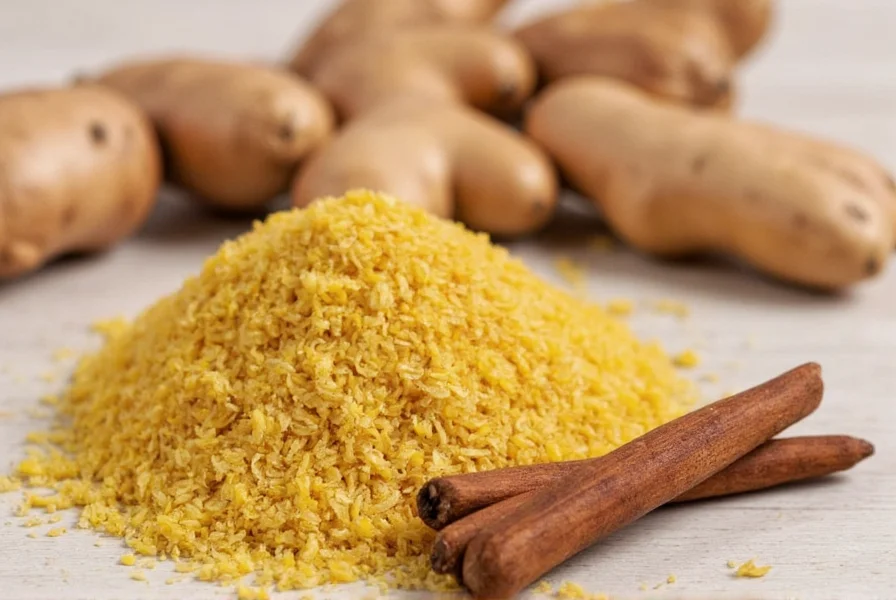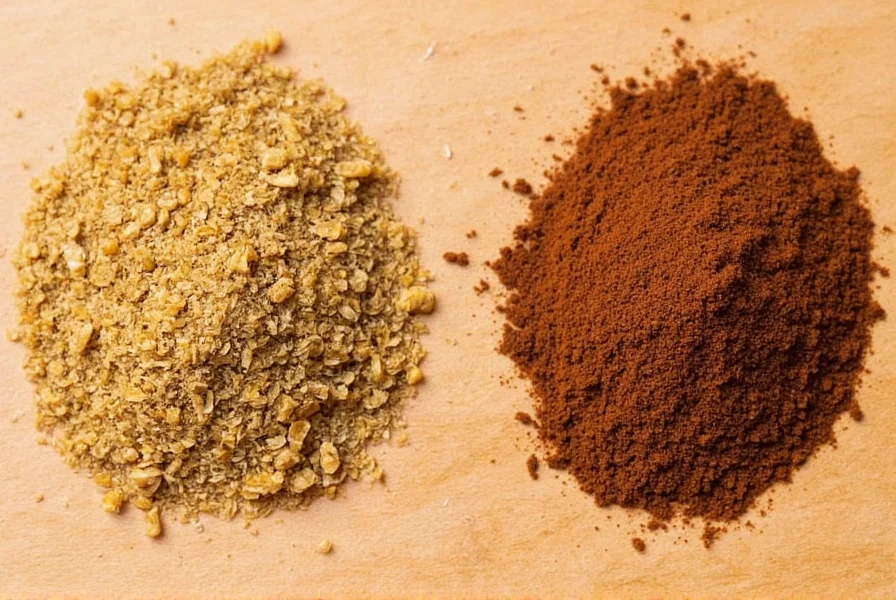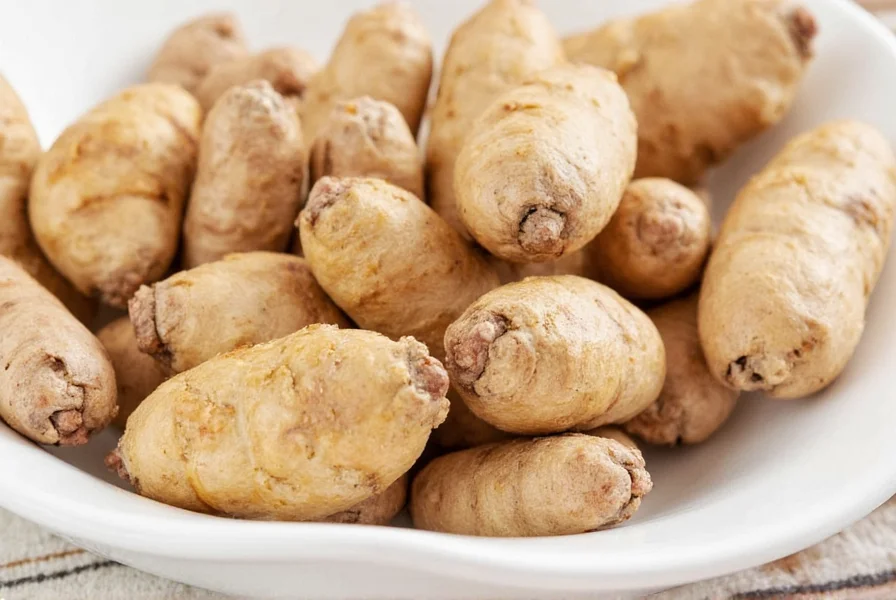When searching for \"ginger clove,\" many people mistakenly believe ginger grows in cloves like garlic. Understanding the difference between ginger root vs clove spice is essential for proper culinary use and maximizing their health benefits. Let's explore these two powerful spices in detail.
Botanical Background: What Makes Ginger and Cloves Different
Ginger originates from Southeast Asia and belongs to the Zingiberaceae family. The edible part is a rhizome—often called \"ginger root\"—that grows horizontally beneath the soil. Fresh ginger has a pale yellow interior with a thin brown skin, offering a spicy, citrusy flavor profile.
Cloves, by contrast, come from the Myrtaceae family. These aromatic spices are actually the unopened flower buds of the clove tree, harvested before they bloom. When dried, they develop their characteristic nail-like shape and intense, warm aroma with sweet and bitter notes.
| Characteristic | Ginger | Cloves |
|---|---|---|
| Plant Type | Rhizome (underground stem) | Dried flower buds |
| Flavor Profile | Spicy, citrusy, slightly sweet | Warm, sweet, slightly bitter |
| Primary Active Compound | Gingerol | Eugenol (70-90%) |
| Common Forms | Fresh, dried powder, crystallized | Whole buds, ground powder |
Why the Ginger Clove Confusion Persists
The \"ginger clove\" misconception likely arises from several factors. Both spices frequently appear together in traditional medicine systems like Ayurveda and Traditional Chinese Medicine. Their warming properties make them common ingredients in chai tea, ginger clove tea for sore throat remedies, and various holiday recipes.
Additionally, garlic's segmented cloves create a mental association that sometimes mistakenly extends to other spices. Many cooking tutorials mention \"adding ginger and cloves\" without clarifying they're separate ingredients, furthering the confusion about whether ginger grows in cloves.

Health Benefits: Complementary but Distinct
While both spices offer impressive health properties, their mechanisms differ significantly. Ginger's primary bioactive compound, gingerol, provides potent anti-inflammatory and antioxidant effects. Research shows ginger effectively reduces nausea, particularly morning sickness and chemotherapy-induced nausea, and may alleviate osteoarthritis pain.
Cloves contain eugenol as their main active component, which gives them powerful antimicrobial properties. Dental professionals sometimes use clove oil for temporary toothache relief due to its analgesic effects. The high antioxidant content in cloves may support liver health and help regulate blood sugar levels.
When combined in traditional remedies, ginger and cloves create synergistic effects. A ginger clove infusion can provide enhanced relief for cold symptoms, with ginger addressing nausea and cloves offering antimicrobial action against throat infections.
Culinary Applications: Using Ginger and Cloves Together
Chefs worldwide leverage the complementary flavors of ginger and cloves in numerous dishes. In Indian cuisine, both appear in garam masala blends, while Middle Eastern dishes often combine them in rice pilafs and meat marinades. Baking frequently features this pairing in ginger clove cookies, spiced cakes, and holiday breads.
When cooking with ginger and cloves together, remember that cloves have a much stronger flavor. A general rule is to use one part cloves to three parts ginger to maintain balance. Whole cloves release flavor gradually during cooking, while ground cloves integrate more quickly.
For beverages, a classic ginger clove tea recipe involves simmering 1-inch fresh ginger slices with 3-4 whole cloves in 2 cups of water for 10-15 minutes. Add lemon and honey to taste. This preparation maximizes the extraction of beneficial compounds while creating a soothing drink for respiratory discomfort.

Storage Tips for Maximum Freshness
Proper storage preserves the potency of both spices. Keep fresh ginger in the refrigerator, either in an airtight container or wrapped in a paper towel inside a plastic bag. It typically lasts 2-3 weeks this way. For longer storage, freeze ginger—it grates beautifully when frozen.
Whole cloves maintain their flavor for up to two years when stored in an airtight container away from light and moisture. Ground cloves lose potency more quickly, usually within 6 months. To test freshness, crush a clove between your fingers—if the aroma is weak, it's time to replace your supply.
Common Misconceptions Addressed
Many believe that \"ginger clove\" refers to a specific ginger variety, but no such botanical classification exists. Others confuse ginger's segmented appearance when cut with garlic's cloves, though ginger's segments are part of a single rhizome rather than individual cloves.
When following recipes calling for \"ginger and cloves,\" always treat them as separate ingredients. Substituting one for the other significantly alters flavor profiles and potential health benefits. Understanding the difference between ginger root vs clove spice prevents culinary mistakes and ensures optimal results in both cooking and natural remedies.











 浙公网安备
33010002000092号
浙公网安备
33010002000092号 浙B2-20120091-4
浙B2-20120091-4